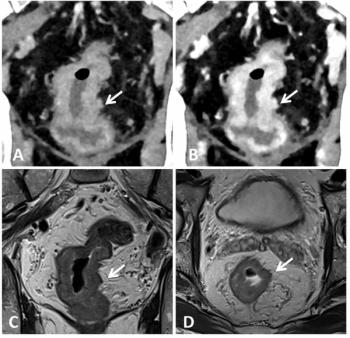
MRI Detects Altered Brain Connectivity in ADHD
Functional MRI has detected alteration in the areas of the brain that correlate with executive functioning,in boys with ADHD.
Magnetic resonance images (MRI) have detected altered brain connectivity in the large-scale resting networks in the brains of boys with attention deficit hyperactivity disorder (ADHD), according to a study published in the journal
Researchers in China performed a prospective study of 33 boys with ADHD, aged from six to 16, and 32 healthy control subjects, aged eight to 16. All subjects underwent resting-state functional MRI (fMRI). The researchers examined regional neural function and functional integration.
The results showed that the subjects with ADHD exhibited impaired executive function, compared with the control subjects.
The subjects with ADHD had:
• Lower amplitude of low-frequency fluctuation (ALLF) in the left orbitofrontal cortex
• Lower ALLF in the left ventral superior frontal gyrus
• Higher ALLF in the left globus pallidus
• Higher ALLF in the right globus pallidus
• Higher ALLF in the right dorsal superior frontal gyrus
• Lower long-range functional connectivity (FC) in the frontoparietal and frontocerebellar networks
• Higher FC in the frontostriatal circuit
“Our study suggests that the structural and functional abnormalities in these brain regions might cause the inattention and hyperactivity of the patients with ADHD, and we are doing further analysis on their correlation with the clinical symptoms,” coauthor Qiyong Gong, MD, PhD, said in a release. “Our preliminary results show the association between imaging findings and symptoms.” Gong is a neuroradiologist from the Department of Radiology at West China Hospital of Sichuan University in Sichuan, China.
Larger studies are needed to validate the results and the researchers plan to study changes in connectivity over time in ADHD patients and explore the potential differences of functional connectivity between the clinical subtypes of ADHD, such as inattentiveness and hyperactivity.
Newsletter
Stay at the forefront of radiology with the Diagnostic Imaging newsletter, delivering the latest news, clinical insights, and imaging advancements for today’s radiologists.



























